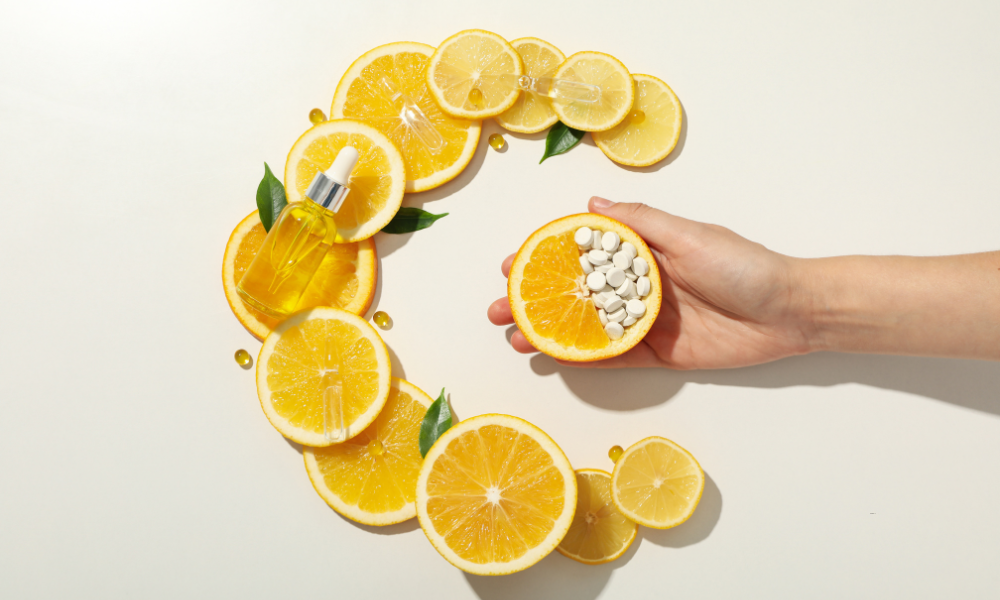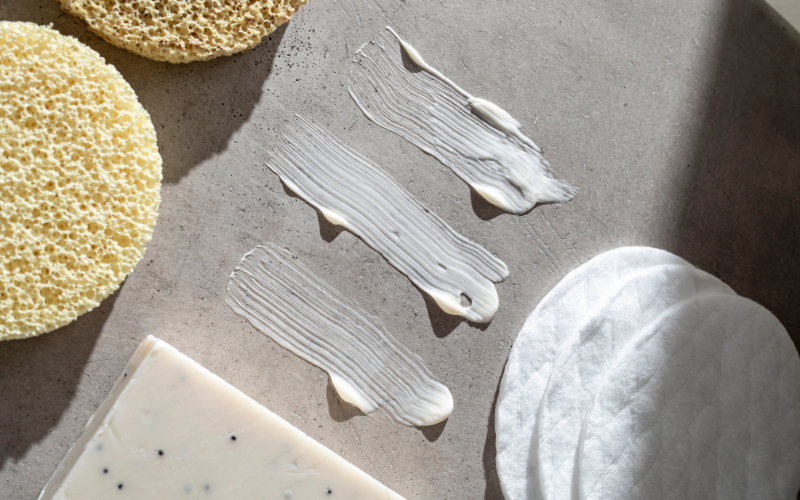“It’s just cleanser—it’s on your face for 30 seconds, so does it really matter?” Have you found yourself pondering this common skincare misconception? It’s time to shed light on the underestimated hero of your skincare routine: the cleanser. Contrary to popular belief, your choice of cleanser can make or break your entire routine
Let’s talk about why.
Cleansing Is Step One—And It Sets the Tone for Everything Else
Imagine trying to paint a masterpiece on a dirty canvas. That’s what your skin goes through when you skip or mistreat the cleansing step. Cleansing isn’t just about removing makeup or SPF—it’s about clearing away pollution, sweat, excess oil, and microscopic irritants that can clog pores and trigger inflammation.
When your skin is properly cleansed, it can actually absorb the goodness from your serums and moisturisers. If not? You’re layering expensive actives over a barrier that can’t receive them.
The Consequences of Using the Wrong Cleanser
Using the wrong cleanser can wreak havoc on your skin. Harsh cleansers can disrupt the skin barrier, strip away natural oils, and alter the skin's pH balance. This disruption can lead to a host of issues, including breakouts, dryness, irritation, and increased sensitivity
A poor-quality cleanser can undo the work of your entire routine without you even realising it.
Foam, Cream, Gel or Oil? Why Formulation Matters
Different skin types require different cleansing formulas. Here’s a quick breakdown:
-
Gel cleansers: Great for normal to oily skin. Look for sulphate-free options with hydrating ingredients like glycerine or hyaluronic acid.
-
Cream or milk cleansers: Ideal for dry, sensitive, or mature skin. They gently cleanse while maintaining moisture.
-
Foaming cleansers: Best for very oily or acne-prone skin—but tread carefully. Avoid anything too stripping.
-
Oil and balm cleansers: Excellent for makeup removal or dry skin. They work on the “like dissolves like” principle to gently break down oils without harsh rubbing.
Don’t just choose based on texture—read the ingredients. Even rinse-off products interact with your skin’s protective barrier.
Yes, Ingredients Still Matter—Even in a Rinse-Off Product
There’s a myth that ingredients in cleansers don’t matter because they’re washed off. But your skin does absorb what’s applied, even in short contact. Plus, cleansing affects your skin’s microbiome and acid mantle.
Look for cleansers with:
-
Hydrating ingredients (like hyaluronic acid, panthenol, or glycerine)
-
Barrier-supporting ingredients (like ceramides or niacinamide)
-
Gentle surfactants (like coco-glucoside or decyl glucoside)
Avoid products with high alcohol content, synthetic fragrance, or SLS—especially if you have sensitive or reactive skin.
Signs Your Cleanser Isn’t Working for You
If any of these sound familiar, it might be time to upgrade:
-
Your skin feels tight or squeaky clean after washing
-
You’re getting more breakouts despite a solid routine
-
Your skin is red, irritated, or flaky
-
Your serums don’t seem to be working like they used to
A good cleanser should leave your skin feeling fresh, soft, and balanced—not stripped or uncomfortable.
So, What Should You Do?
Choosing the right cleanser is a game-changer—not a background player. Here’s how to get started:
-
Know your skin type. Is it oily, dry, sensitive, or combination?
-
Look at your current routine. If your products are active-heavy (retinol, acids), go for a gentler cleanser to avoid overdoing it.
-
Upgrade your ingredients. Don’t settle for cheap formulas—cleansing is the foundation of healthy skin.
In Summary: Don’t Sleep on Your Cleanser
Your cleanser does more than just “clean”—it’s your first line of defence, the foundation for all other steps, and a powerful ally in achieving healthy, glowing skin. If you’ve been investing in skincare but not seeing the results you want, this might just be the missing link.
Frequently Asked Questions
1. Does it really matter what cleanser I use?
Yes! The wrong cleanser can strip your skin, disrupt your pH, and reduce the effectiveness of your other products. The right one supports your skin barrier and sets the stage for the rest of your routine.
2. What is the best cleanser for dry skin?
For dry skin, choose a cream or milk cleanser that nourishes while it cleanses. Look for ingredients like hyaluronic acid, ceramides, glycerine, and panthenol to hydrate and protect your skin barrier. Avoid foaming or gel cleansers with sulphates, which can be too drying.
3. What is the best cleanser for oily skin?
If you have oily skin, opt for a gentle gel or foaming cleanser that balances oil production without over-stripping. Ingredients like salicylic acid, niacinamide, and green tea can help manage excess sebum and prevent breakouts. Avoid harsh formulas that can trigger rebound oiliness.
4. What is the best cleanser for sensitive skin?
Choose a fragrance-free, non-foaming cream or milk cleanser with soothing ingredients like aloe vera, chamomile, glycerine, or oat extract. Avoid alcohols, sulphates, and synthetic fragrance, which can irritate sensitive skin.
5. Can a cleanser cause breakouts?
Yes. Using a harsh or pore-clogging cleanser can lead to breakouts, especially if it strips your skin's natural oils or disrupts your microbiome. Stick to gentle, non-comedogenic formulas suited to your skin type.
6. How do I know if my cleanser is too harsh?
Signs of a harsh cleanser include tightness, dryness, stinging, flaking, or increased sensitivity after washing. Your skin should feel soft, calm, and clean—not squeaky or irritated.
7. Should I double cleanse?
Double cleansing is ideal if you wear makeup, SPF, or live in a city with pollution. Start with an oil or balm cleanser to dissolve residue, then follow with a gentle gel or cream cleanser to deeply cleanse the skin.
8. How often should I cleanse my face?
Cleansing twice a day—morning and evening—is generally best. If your skin is dry or sensitive, once in the evening with just a splash of water in the morning may be enough.
9. Do I need a cleanser if I don’t wear makeup?
Yes! Even without makeup, your skin accumulates sweat, oil, bacteria, and environmental pollutants that need to be properly removed to keep your skin healthy and clear.
Read more

Every bride wants to have glowing, flawless skin on her wedding day. The secret? A well-structured bridal skincare routine that starts months in advance. Whether you're dealing with acne, dryness, ...

Vitamin C isn’t just for your immune system, it’s one of the most effective skincare ingredients you can use. When applied to your skin, it: Shields against damage from the sun and pollution (but...


